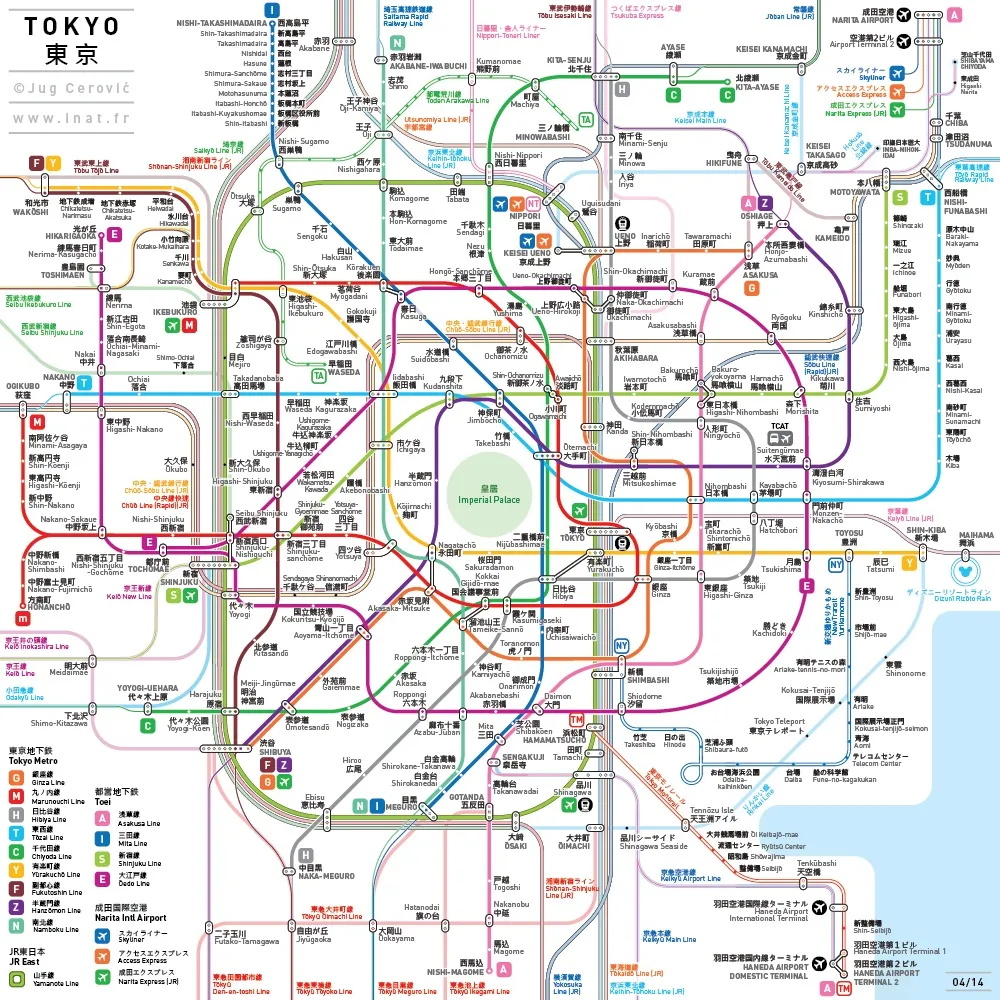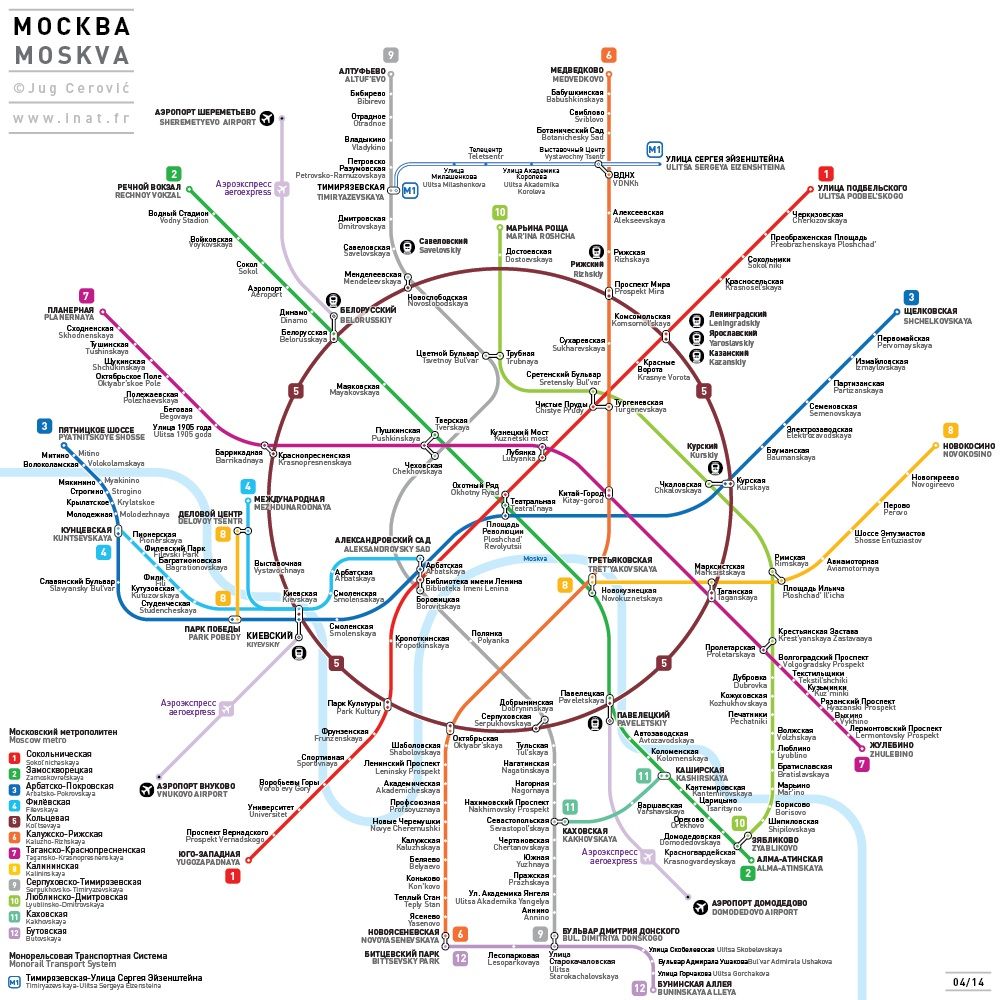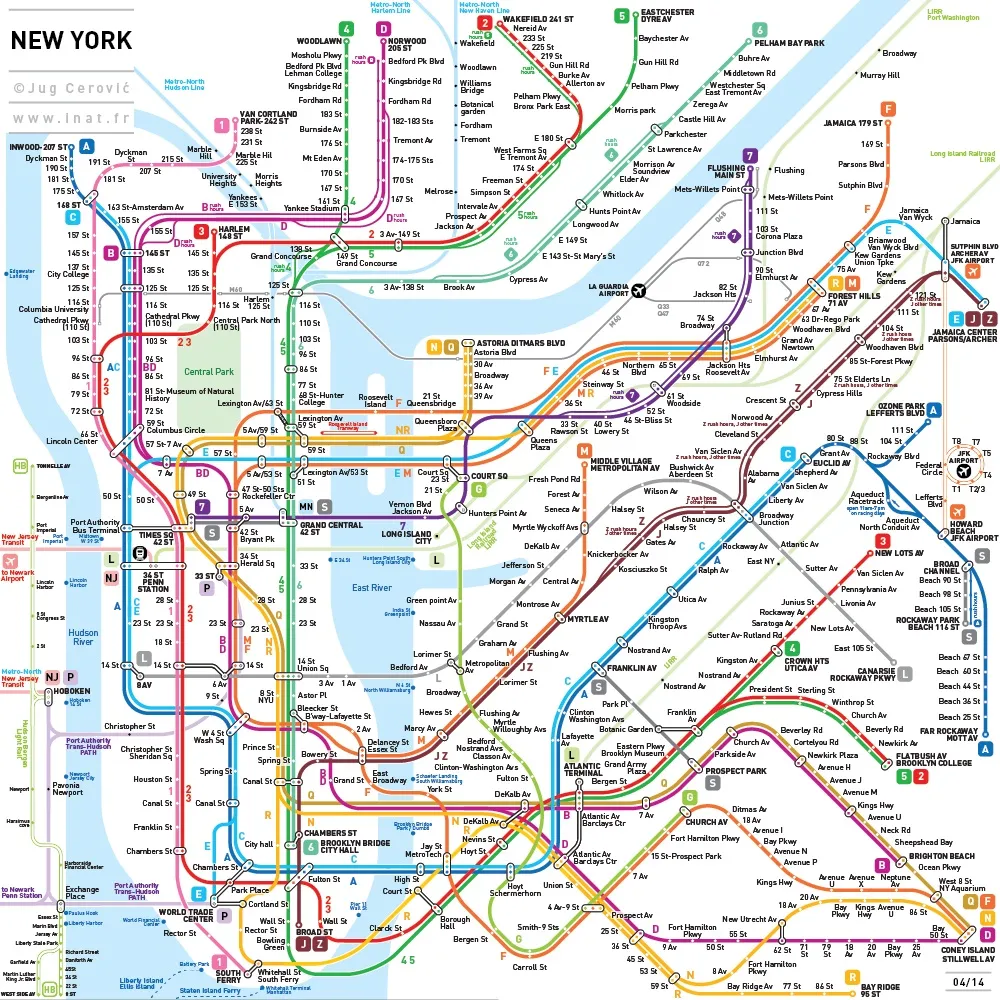This Architect Spends His Free Time Reinventing the World’s Subway Maps
The new system is meant to be easy to read and understand, no matter how foreign the place
/https://tf-cmsv2-smithsonianmag-media.s3.amazonaws.com/filer/24/a5/24a5b962-7a55-4d8e-8ae3-431b8453eb25/paris-plan-metro-subway-map-1000.jpg)
Jug Cerovic decided to reinvent the world's subway system maps because of Paris. Frustrated with the city's standard metro maps, he decided to make a new map for his own use. After Paris, he moved on to Madrid's subway map and soon established a set of standardized rules, Slate explains:
Cerovic uses shapes to indicate symbolic forms of various cities—circles for Moscow and Paris, rectangles for Beijing and Shanghai, a stadium shape for Berlin and Seoul, South Korea, parallelograms for London and regularly spaced straight parallel lines in gridded street pattern cities like New York and Mexico City.
By assigning each city a different shape, Cerovic, a Serbian architect based in Paris, avoids homogenization and preserves each subway system's uniqueness, the Atlantic points out. The maps are meant to act like road signs. Cerovic told the Atlantic: “They’re not the same in the whole world but they’re very similar -- so if you go to another place, you'll seem to recognize the meaning of the signs.”
Originally, he hoped to be commissioned by cities to redo their subway maps, but he found that officials were not interested. So he decided to just continue the project himself under the title INAT. Eventually, he redesigned 12 subway system maps, from Beijing to Mexico City. He still hopes cities reconsider their stance and adopt his work, but in the meantime he's selling the maps on his website for interested tourists and locals, and is in the process of building an app. "They are meant to be useful first of all,” he told Slate.





/https://tf-cmsv2-smithsonianmag-media.s3.amazonaws.com/accounts/headshot/Rachel-Nuwer-240.jpg)
/https://tf-cmsv2-smithsonianmag-media.s3.amazonaws.com/accounts/headshot/Rachel-Nuwer-240.jpg)